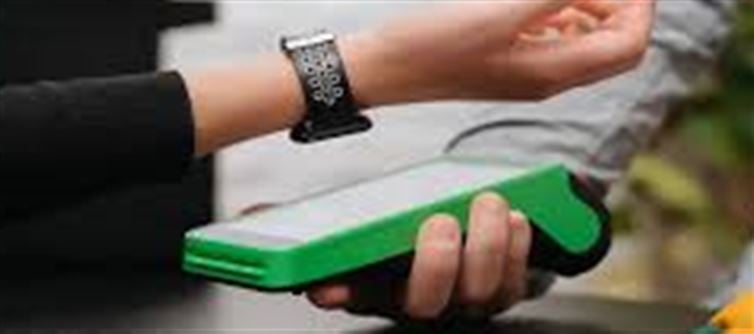
In an exciting development for digital payments in india, Reserve Bank of india (RBI) governor Sanjay Malhotra recently announced that UPI (Unified Payments Interface) payments will soon be available on platforms beyond just mobile phones, including cars and smartwatches. This game-changing move was unveiled during the Global Fintech festival 2025, signaling a new era of convenient and seamless wallet PLATFORM' target='_blank' title='digital-Latest Updates, Photos, Videos are a click away, CLICK NOW'>digital transactions.
Here’s a breakdown of what this means for you and how it will impact the future of payments:
1. UPI Beyond Smartphones: A Multi-Platform Payment Solution
While UPI has become the backbone of wallet PLATFORM' target='_blank' title='digital-Latest Updates, Photos, Videos are a click away, CLICK NOW'>digital transactions in india, it has predominantly been used on smartphones. But now, with the launch of four new apps designed to simplify and expand UPI payments, you can expect to make payments directly from:
· Cars: Soon, you'll be able to pay for tolls, parking, fuel, and even in-car purchases using UPI directly from your car’s system. No more pulling out your phone to make quick payments while on the road!
· Smartwatches: Whether you're at the gym or running errands, your smartwatch will allow you to make quick and secure payments without having to reach for your phone or wallet. Just tap your watch, and the payment will be done in seconds!
This expansion is set to significantly improve the speed and ease of everyday transactions, enabling UPI payments in real-time across a wide range of smart devices.
2. Four New Apps to Enhance UPI Experience
The RBI governor also launched four new fintech apps that are aimed at enhancing the user experience when it comes to UPI payments. These apps will be designed to simplify how users can make payments across different platforms and devices.
· Enhanced Security: These apps will offer cutting-edge security features, ensuring that payments are both safe and seamless across devices like cars and smartwatches.
· Faster Processing: Expect quicker transaction times, which will allow you to make payments in seconds without any lag or delay, regardless of where you are or what device you're using.
· Broader Accessibility: With these apps, UPI payments will become more accessible than ever, allowing consumers to make transactions on platforms they already use daily.
3. Making Payments on the Go
One of the key advantages of expanding UPI payments to devices like cars and smartwatches is convenience. You won't need to stop and grab your phone or dig through your wallet to make a payment for things like:
· Fuel at petrol stations
· Parking fees
· Food delivery to your car
· Groceries or shopping
This will make everyday transactions incredibly smooth, especially for people who are always on the move and want to save time.
4. UPI as the Future of wallet PLATFORM' target='_blank' title='digital-Latest Updates, Photos, Videos are a click away, CLICK NOW'>digital Payments
This announcement highlights how UPI is gradually becoming the preferred payment method not just for mobile transactions, but across all platforms. With more and more devices incorporating UPI payments, india is moving towards a cashless, cardless economy, where convenience and speed are at the forefront.
As more tech companies and banks integrate UPI into various devices, the flexibility and ease of use for consumers will continue to expand, making it an essential part of the future of payments.
Conclusion: Embrace the Future of UPI Payments
Thanks to the RBI’s initiative, the vision of a cashless, seamless payment ecosystem is becoming a reality. With UPI now available on cars, smartwatches, and more, consumers can expect a much more convenient and efficient way to handle payments in their daily lives. Whether you're on the road, in the gym, or out shopping, UPI payments will soon be available at your fingertips—literally!
Get ready for a whole new way to pay!
Disclaimer:
The views and opinions expressed in this article are those of the author and do not necessarily reflect the official policy or position of any agency, organization, employer, or company. All information provided is for general informational purposes only. While every effort has been made to ensure accuracy, we make no representations or warranties of any kind, express or implied, about the completeness, reliability, or suitability of the information contained herein. Readers are advised to verify facts and seek professional advice where necessary. Any reliance placed on such information is strictly at the reader’s own risk..jpg)




 click and follow Indiaherald WhatsApp channel
click and follow Indiaherald WhatsApp channel